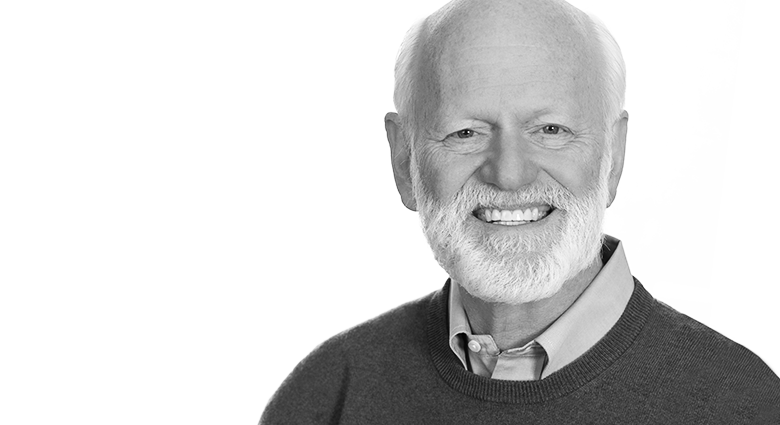In my 35 years as an executive coach, I have seen some of the world’s most powerful leaders struggle with changing their behavior. I have come to believe that no one, no matter how determined or passionate, can do it without structure. You might wake up every morning sure that you will spend your day listening better, being more patient or watching less television (or whatever your goal happens to be). But without external structure – a person or a plan to guide you – it will be almost impossible to stay on track.
"Structure is our best defense against the triggers in our environment."
That’s because we chronically underestimate the difficulty of making even small changes in our behavior, as I argue in my book, “Triggers: Becoming the Person You Want to Be” (with Mark Reiter, Crown, 2015). A trigger is any stimulus that reshapes our thoughts and actions. In every waking hour we are being triggered by people, events and circumstances that have the potential to change us. These stimuli are more powerful than we realize.
Triggers can be good, spurring us on to achievements large and small. They can also be bad, luring us away from meeting our goals. The smell of bacon wafts up from the kitchen, and we forget our doctor’s advice about lowering our cholesterol. Our colleagues work late every night, so we feel obliged to match their commitment, and miss one of our kid’s baseball games, then another, then another. Our phone chirps, and we glance at the glowing screen instead of looking into the eyes of the person we love.
Structure is our best defense against the triggers in our environment. Creating structure is a big part of what I do as an executive coach, helping successful leaders achieve positive lasting change in behavior.
My process of helping clients is straightforward and consistent. I interview and listen to my clients’ key stakeholders. These stakeholders could be their colleagues, direct reports or board members. I accumulate a lot of confidential feedback. Then I go over the summary of this feedback with my clients. My clients take ultimate responsibility for the behavioral changes that they want to make.
I help my clients achieve positive, lasting change in the behavior that they choose as judged by key stakeholders that they choose. In other words, I help them become the person that they want to become. If my clients succeed in achieving this positive change – as judged by their stakeholders – I get paid. If the key stakeholders do not see positive change, I don’t get paid.
Our odds of success improve because I’m with the client every step of the way, telling him or her how to stay on track and not regress to a former self. While personal coaching is tremendously effective, it’s not possible for everyone. But anyone can use a basic structure to achieve behavioral change. Over the course of my career, I have created and refined structures that work. One of the most effective is the Daily Questions. I teach it in my seminars, recommend it to my clients – and I use it for myself.
My ritual goes like this: at a pre-arranged time, I get a phone call from a person who I have hired solely for the purpose of listening to me report my scores on a brief self-test. The questions (32 of them, at last count), which I wrote myself, function as a simple checklist of my life’s main priorities. They ask whether I’ve done my best to exercise, set goals, have positive interactions with others, etc. My caller listens politely, perhaps offers a few general words of encouragement and hangs up.
This process keeps me focused on becoming a happier, healthier person. It provides discipline I sorely need in my chaotic working life as a coach, teacher and speaker, which involves traveling 180 days out of the year to countries all over the globe. At the seminars I teach, I encourage students to try it for themselves by writing their own questions. To date, almost 3,000 have completed an online version of the Daily Questions. Many others have emailed me seeking guidance on how to write questions of their own.
The process holds you accountable for meeting your behavioral goals – every day. For that reason, it can be hard to keep up the regimen. However, when you stick with it, the rewards can be great. I have seen many leaders succeed in making lasting changes in their behavior, becoming the patient, generous, kind and inspiring people they always knew they could be – using the right kind of structure.



.jpg)

.png)

.jpg)


What Did You Think?